Sirenia – mermaids or sirens of the sea. Legend has it that for centuries these exquisite ladies, half woman half fish, lured sailors to their watery graves as they set out to chart the oceans, powered only by wind and unimaginable courage in the face of an unknown world. In 1492 Christopher Colombus set sail for the Americas; here he found mermaids bathing in the tropical southern waters. His diary entry for the January 9 reads: “The day before, when the Admiral was going to the Rio del Oro, he said he saw three mermaids who came quite high out of the water but were not as pretty as they are depicted, for somehow in the face they look like men.” The Admiral had seen the West Indian Manatee.
A family holiday in May found me on the Gulf island of Sanibel in Florida. I have always wanted to see a wild manatee or dugong but have never been in the right areas. Florida is the right area for the West Indian Manatee. I knew that this was possibly my only chance to see one. Research suggested they were present in the area I was staying but there was a problem. In May the manatees have already left all the reliable viewing areas to breed in the murky channels and even manatee spotting tour providers were telling me that I would be wasting my money and time. The holiday had been a triumph for wildlife so I couldn’t be too upset but never-the-less I decided I would waste my time and money by trying to see a manatee. The beach was a short walk away from our cabin so the decision was made; beach in the morning and I would arrange a speculative manatee tour when I got back in the afternoon for the following day.
I packed up the beach bag, swung my trusty camera bag on to my back and set of for the beach. It was a ten minute walk through some sand dunes and over a bridge to the shell strewn beach. As we crossed the bridge I saw something break the surface. Excitement strikes! Is it an alligator? We freeze and wait until a little puff of water spits upwards and a bristly nose pops up. A manatee!! This is now beyond excitement; an unexpected incidental sighting of a bucket-list creature on my way to the beach. It is a young one. I fumble for the camera, heart racing to provide that sure fire guaranteed camera shake.
Then another noise. This manatee is a baby but I see a huge barnacled back bundling through the mangrove roots and branches close to the river banks. This is mum. We waited in a silence broken only by the clicks and whirring of my camera as I fired off around 500 nostril shots before deciding that it was time to just enjoy being in their presence.
Mum heaves herself out of the sunken roots and for a brief moment surfaces with the calf, nose to nose as they reinforce the bonds of mother and child before sinking back down into the thick soupy brine. I could just make out a shape passing under the bridge as they disappeared from sight. I felt truly blessed to have had this unexpected moment with manatees and I always enjoy a self-discovered sighting over a guided sighting.
Fast forward to the end of November and laziness sees us heading to Florida again. I had plans for a more exotic week away to the jungles of Panama, Costa Rica or Trinidad, but those plans never made it out of my head in to an action.
So we headed to Clearwater in Florida for a relatively cheap and cheerful holiday. It was a little early in the winter but I read that it was possible to swim with a manatee so I decided to plan for that experience. First, though the beach! A 20 minute drive north takes me to 9th Bar Espresso in Dunedin. I drink the coffee in the park and head to the boat dock to watch some Brown Pelicans hunting. Something is floating in the water – no, two things, no three! A manatee family are resting in Dunedin boat dock.
As I stand by the water firing of shots with the camera, one of the manatees swims close to the edge directly beneath me. It is huge! carrying a cloud of mud around with it like puffy of smoke, its nostrils break the surface below me before carrying on its merry way.
On the last day of the holiday my alarm shakes me out of bed at 5am ready for the 2 hour drive north to Crystal River. This is where I had read huge groups of manatees congregate in warm spring water to survive the cool winter months. The only problem was the winter had not yet started and the sea water was still warm. I set off anyway in the hope of an encounter. Upon arrival I met with Captain Stacy Dunn of Manatees in Paradise. It was abundantly clear that Stacy does this job not for money, not even for the love of the job, but for the love of manatees.
Stacy ensured that we watched a video on manatee manners and got the small group of 4 of us all set on the boat in wet-suits. We set off in a different direction from the other boats and pulled into a side branch of the river. Immediately we were alongside a manatee. In the clear blue water the manatee was a wonderful sight. Finally I could see the full body rather than catching a glimpse of nostril, back or tail through soupy estuarine waters.

Without needing a second invitation I put on my mask and snorkel and slid into the water. I looked down and saw a stingray glide by. Then I was alongside the manatee. It ambled along the river bed, munching pond weed, oblivious to my presence. It was huge! I knew they were big but when you find yourself alongside a creature as big as a couch in an environment alien to you, one cannot help feel a little intimidated. This intimidation very quickly gives way to fascination which collapses into wonder and pure joy.
I drifted alongside the manatee for some time watching how it vacuumed along the river bed, spitting out clouds of smoky mud as it went. I could even hear the continuous crunching of its teeth as it chewed on the stonewort and other river vegetation.


By the time I climbed back up the ladder on to the boat I felt so privileged to have had the opportunity to share some time and space with the manatee in her own environment. It didn’t matter if that were to be the only manatee I would see that day. I had already had a truly unique experience.
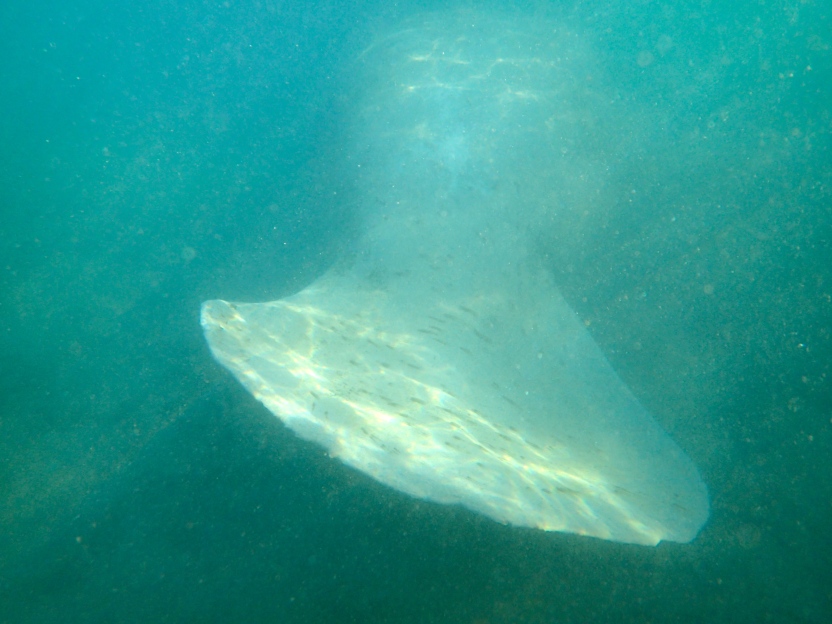
Manatees have few natural predators. The single biggest threat to the species in the shallow waters of Florida is boat strikes. As our boat floated on the clear water I could see that the propeller was only a few inches away from the manatee’s back whilst feeding and would certainly cause massive damage if the spinning propeller blades hit the soft flesh. Captain Stacy’s boat was one of the few boats fitted with a propeller guard. Even other boats making a living out of watching manatees were not protected with a guard. Whilst the propeller guard is no substitute for protection zones and strictly enforced speed limits it must surely be an essential last defense against lacerations.

Crystal River forms the headwaters of Kings Bay and is created when clear, warm spring water bubbles up through the 30 sources in the area. The fresh water source remains constant at 22 degree Celsius (72 degree Fahrenheit), year round. The clearest and most picturesque of the spring sources is Three Sisters. The shallow warm water lives up to its crystal clear name and is home to a thriving fish community. Unfortunately it is also the most accessible and has become the focus area for tourists. Manatees do still rest in the marked “Manatee Protection Zones” but I found it to be a little too crowded to be comfortable for a wild animal.



Our second stop was at Kings Springs, which includes Tarpon Hole, Little Hidden Springs and Mullet Gullet. These springs bubble up in deeper water in the bay and are only accessible by boat. When we arrived the other boats in the area were leaving, so we slipped into the water and swam towards the springs, being careful not to cross into the Protection Zones where manatees can rest undisturbed.
I hang in the deeper water watching the huge shoals of fish swirling in the blue below. I become immersed in the euphoria of floating, of deep deliberate breaths, the way the blue water appears to throw beams of light up from the deep and the experience of being with fish that swim with me without fear. Something compels me to look up and I see a dark gray shape emerging forming in front of me. It is a young manatee drifting towards me. Suddenly we are face to face and looking into each other’s eyes. I am mesmerised by this calm, inquisitive little creature; little compared to the adults but still a large animal. I lift the camera and take a couple of photos but I want to look into the eyes of the manatee and not through a camera screen. The manatee hangs in front of me for a few moments before continuing on its drift.


I turn and swim away. I need a moment away from other people to take stock of the experience. As I float away alone, I look to my side and realise that I am alongside another large manatee with a small calf beside her. They drift with me for a short while before turning into the protected area and disappearing into the blue.
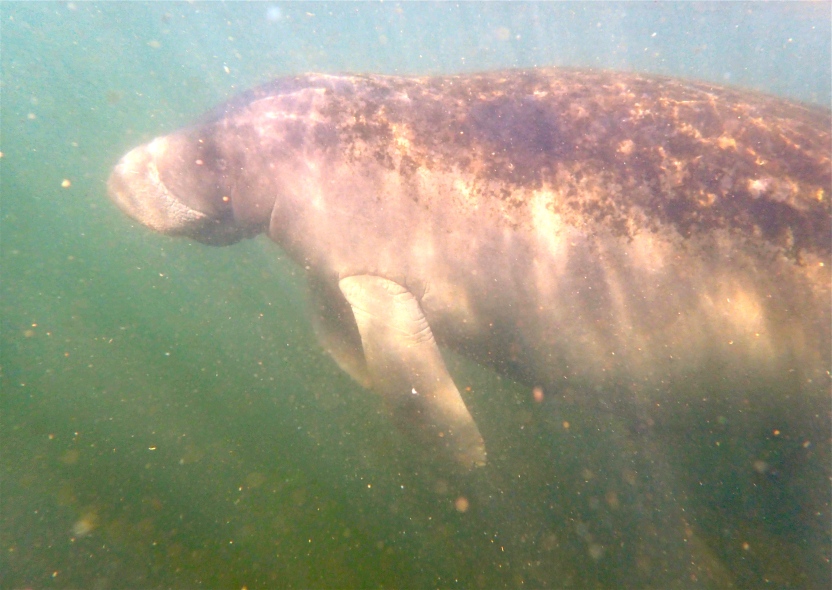
Manatees are slow moving mammals and like other large slow moving marine creatures, can often be seen with barnacles and algae attached to their back. As the manatee ventures into the fresh water of Crystal River, the salt water barnacles drop of, usually within 3 days. The algae remain a constant companion. The manatee does not appear to be bothered by either the barnacles or the algae.
Growing up to around 3.5 meters (11.5 feet) long and weighing up to 600 kg (1,320 lb) the West Indian Manatee is a big animal and, when active in the warmer months, needs to consume up to 15% of its body weight in aquatic plants per day. The manatee’s front flippers have 4 toenails that can still clearly be seen. A left over from their land-living past, with their closest living relative being the elephant.
I allowed myself to drift back over to the spot where a large manatee was sleeping on the bottom of the bay. Another person drifted over and we hung in the water above the manatee. I heard a voice telling me to turn around so I paddled my right hand and turned around. A young manatee was approaching me head on and drifts to meet me nose to nose. It is a beautiful moment. The manatee gently paddles itself against my body where it pushes against my body just a moment in order to share a little body warmth.

I returned to the boat and sat down in the sun for the slow trundle back to the marina. I am smiling inside, in rapture at the amazing moment that I had just been blessed to experience. One of my fellow manatee watchers, Jennifer, leans forward and holds her camera out to me. I could not believe my eyes! In that moment with the manatee I had felt like there was no one else in the water, but Jennifer had managed to capture some photos of me capturing a photo of the manatee. I do believe that she even caught the manatee and I admiring our selfie!
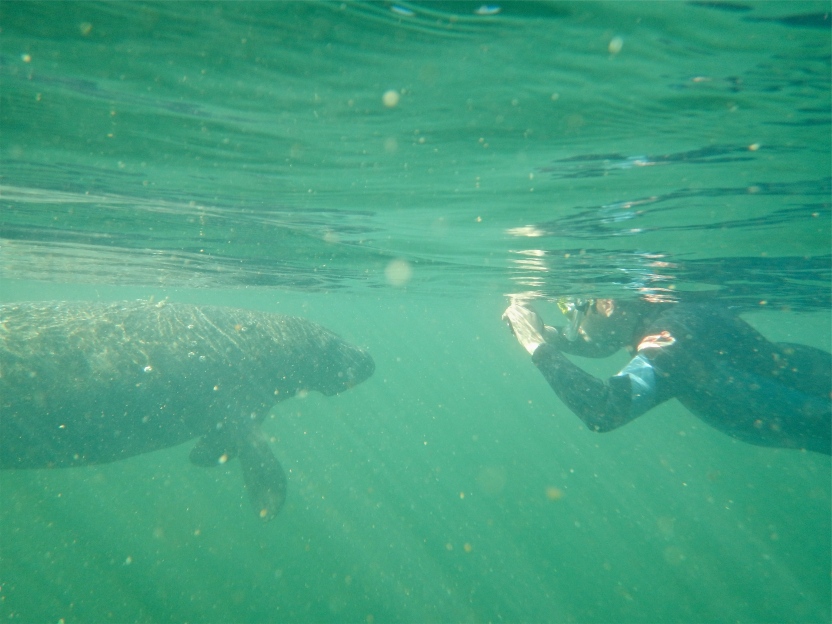
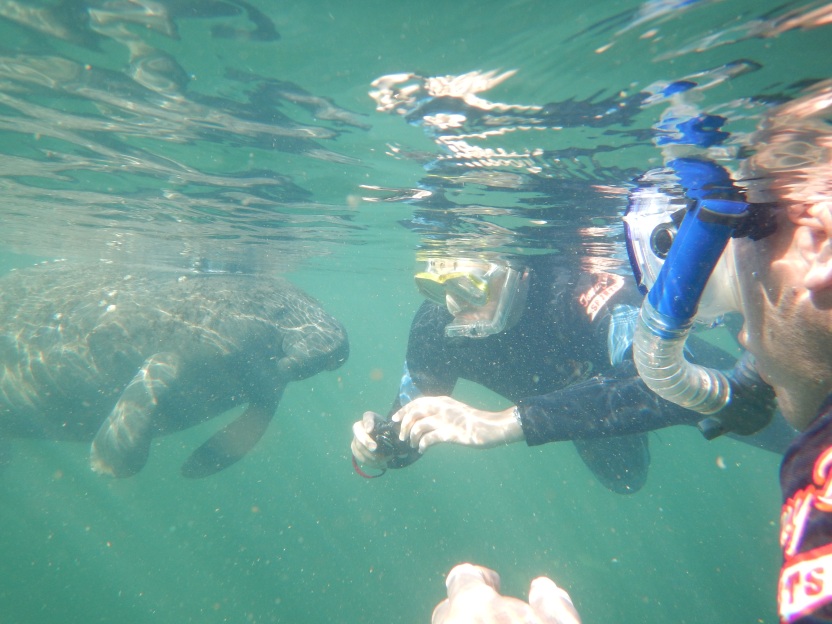
The West Indian manatee is an endangered species and as such it is protected under federal law in the United States. With no significant natural predators and a long life-span of up to 60 years, humans and human activity are the only real threat to manatee survival. There are around 6,000 manatees remaining in the wild in the United States. Boat strikes, habitat destruction, pollution and littering of waterways, including ingestion of fishing tackle all present a risk to manatee survival.
These gentle giants of our coastline, boat docks and rivers are under real threat for their very existence. They are very happy to live peacefully alongside humans but this will require the protection of habitat and a willingness to sacrifice speed of boat travel in manatee populated areas. This seems like a small price to pay when placed against the joy that these creatures gave to every person who sees them, be it in the water, from a boat or on the edge of a dock. Children and adults alike stand transfixed in their presence.
There are not many wildlife encounters left where you can be with, touch and interact with endangered species. I wonder for how much longer this experience will be available. Would it not be a tragedy to allow the inspiration for the legends of mermaids, which has inspired children for centuries, to drift on to the extinction list.
Please give this article a tweet or post on any other social media channel you use. It makes the hard work worth it, thanks!
If you enjoyed this post, please follow Incidental Naturalist.
Comments and are encouraged and welcomed.
Categories: USA
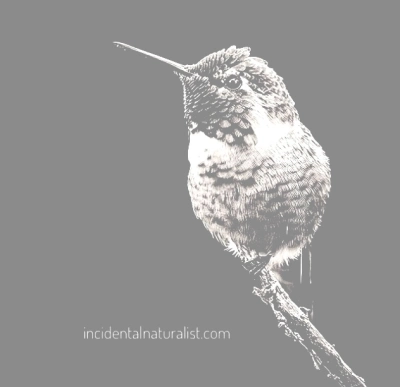


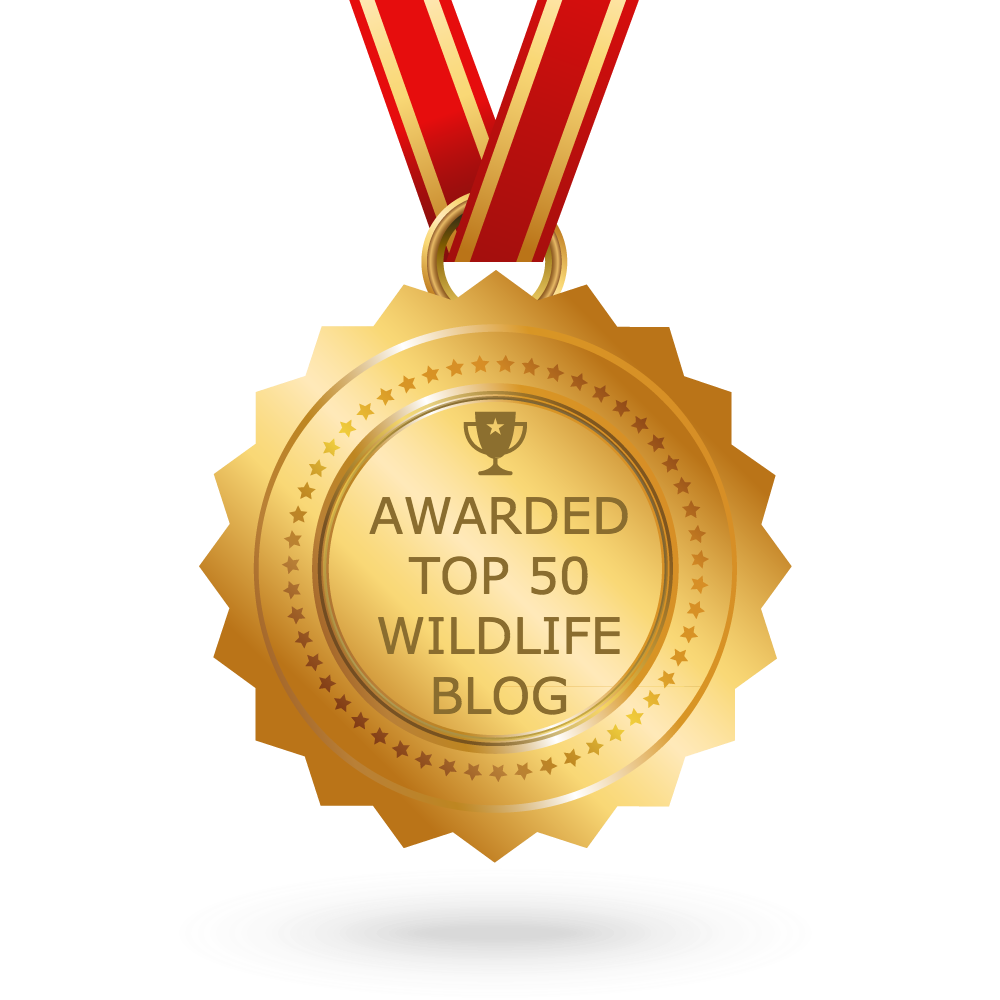

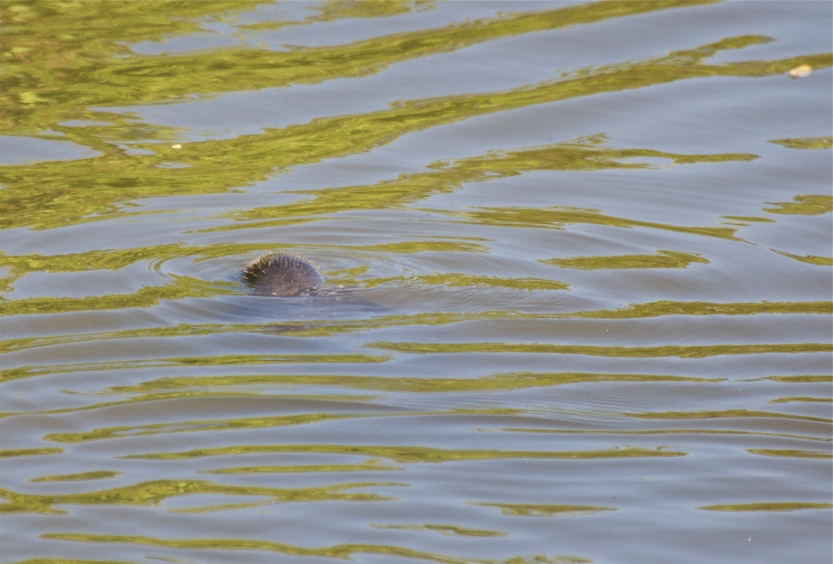
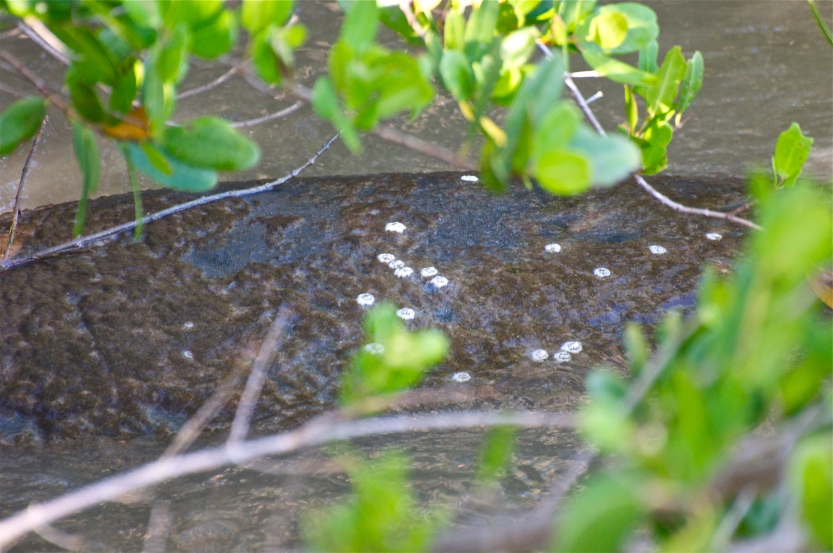

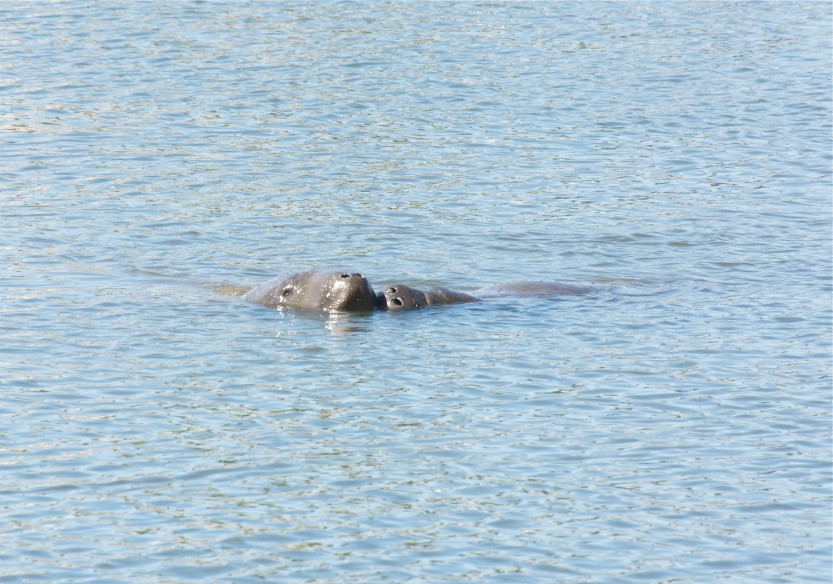
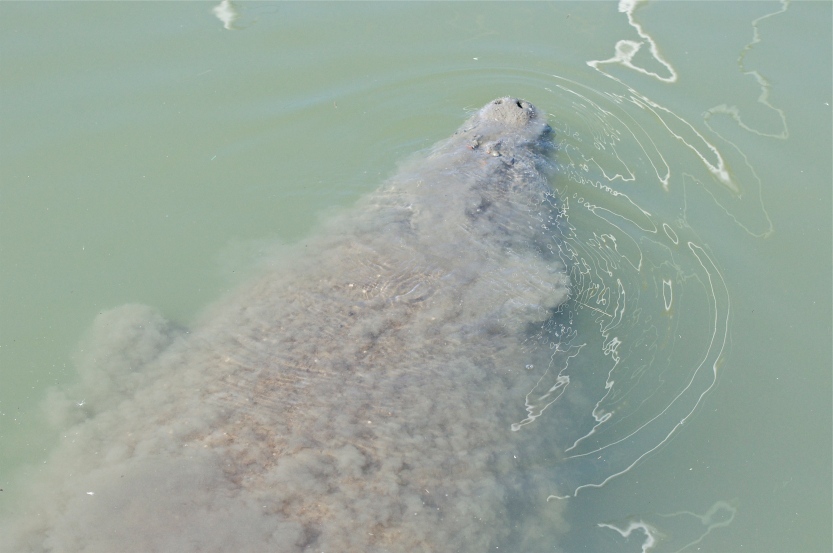
I am in awe of your rich manatee experiences here. Absolutely thrilling! I, too, went on a manatee adventure while visiting Sanibel, wanted to see one so so much. I was thrilled to see them, but the waters were tannic and not good for photographs or viewing. Still, it was a pure honor and delight. Your photos here are so excellent, and what a bonus to be in the water with them, and even be photographed by a fellow boater. Your description of the manatee, their size, their quiet personalities is terrific. Thanks so much for sharing this unique experience, David.
LikeLiked by 1 person
Thank you so much for your comment, Jet! Isn’t it just a joy to see even a pair of nostrils? If you have a chance, while it is still permitted, you should try to get to Crystal River. You really would enjoy a very different experience of these amazing animals.
LikeLike
What a fantastic animal !!!
LikeLiked by 1 person
These must have been incredible experiences. Your first sighting sounds particularly exhilarating, because everyone had been telling you it’d be hard to see a manatee during that time. Thank you for sharing these incidental encounters with us!
LikeLiked by 1 person
Thanks for the comment Josh! It is true that the first sighting was exhilarating. I always get particular pleasure when I find wildlife myself rather than being guided to it. Thanks also for the good work you do in sharing your passion in your blog.
LikeLiked by 1 person
You’re quite welcome!
LikeLike
WOW!! Just goes to show that even if its a ‘waste’ of time, if you have the time to waste, and enjoy what you are doing, its worth the attempt.
LikeLiked by 1 person
That is a good comment, Tony because it is so true. I could have spent that time watching TV or something equally as useless! Always give yourself an opportunity, I say!
LikeLiked by 1 person
Exactly, last week I lucked upon 7 bald eagles in an area I am lucky to see one. Just takes the time to look while I ride. Great pictures by the way, as always.
and it always makes me laugh to read about manatees being mermaids, but then those were some LONG voyages and a distinct lack of female companionship….
LikeLiked by 1 person
Very beautiful post! I could literally envision the whole scene in my head. Its sad too because a lot of the environmental conditions are making it difficult for manatees to make a full come back. Hopefully though it will get better. I was reading on a sadly extinct relative the stellers sea cow. It was much more larger than the manatee and feed on grass as well near the Alaskan area.
LikeLiked by 1 person
Thanks for the comment, Vinny! Yes I read about the stellers sea cow, too. I think we have an opportunity not to make the mistakes that led to the sea cow’s extinction.
LikeLike
Beautifully written. Thank you for sharing such a deep experience with us. You message resonates loud and clear. It would be a tragedy indeed.
LikeLiked by 1 person
Thanks for your kind and encouraging words, both on here and on Twitter. I really do appreciate the feedback and the validation of what I’m trying to achieve in connecting people to nature and wildlife experiences.
LikeLiked by 1 person
Beautiful post! I love manatees. We saw a lot of them at Everglades last year. They would come so close to the dock that kids could pet them. One of their favourite memories of that trip. I do hope we, humans, will ensure manatees don’t join the already long list of extinct species.
LikeLiked by 1 person
My son is only 3 and he loved seeing them in the boat dock. He was trying to take photos. He now has a toy manatee in his bed. They definitely are a wonderful experience for children and so great that they allow kids to pet them where you saw them. Those kids hold the key to a successful future for endangered wildlife.
LikeLiked by 1 person
I have been to Crystal River and have seen several manatees in their natural environment, though it was many years ago. I was completely captivated by their serenity and longed to have an opportunity for a much closer experience, but this has not been possible in the interim. Thanks so much for sharing yours so eloquently.
LikeLiked by 1 person
Thanks for the kind comment! The good news is that those manatee are still there and maybe even increased in numbers. You might get a chance to revisit them yet 🙂
LikeLike
Wow 😮
Excellent article, thanks for taking us with you to these clear waters!
LikeLiked by 1 person
Nice pictures David! I believe I was looking for manatees on a river tour in Guatemala but a local told me they had all been eaten. Too bad. Glad they still exist in Florida. They seem almost prehistoric.
LikeLiked by 1 person
You know poachers still eat the occasional manatee in Florida! Heavy penalties but it happens from time to time. Thanks for the good feedback, Jane!
LikeLike
Hi David,
What a great experience you had with these amazing creatures! Your pictures are excellent. They remind me of our dugongs that I would occasionally see while swimming as a teenager. It would be a shame if we lost these gentle creatures. Thanks for sharing another wonderful account. 🙂
LikeLiked by 1 person
Hi Jane, thanks as always for the encouraging words! They really are amazing. You’re so fortunate to have seen dugongs as a child. I wanted to see them while I lived in Australia but it just didn’t work out for me. Hopefully I will get that chance one day in the future. 🙂
LikeLiked by 1 person
David, thanks for sharing your amazing encounters. I appreciate the blend of personal experience and environmental information. Neva
LikeLiked by 1 person
Thanks for the kind words, Neva. They are very encouraging as they hit on exactly what the blog hopes to do; connect people to the environment through personal experience showing how accessible amazing wildlife encounters can be.
LikeLike
Just wonderful that you got to experience these magnificent creatures up close. They truly are gentle giants.
LikeLiked by 1 person
Dave, this is another very interesting article. The finer details of how this animal lives and the admirable conservation and protection efforts towards it make a well-rounded piece of work.
Keep it up!
LikeLiked by 1 person
I appreciate the feedback, Gareth! I’m a little time-starved at the moment but hope to get a few articles out soon.
LikeLike
What an out of this world experience. We both would love to float with a manatee and now feel inspired to go and do it!
LikeLiked by 1 person
Thanks for taking the time to comment. If you have the means and opportunity you should definitely go to see these extraordinary creatures. It is an amazing experience. Florida is a wonderful place to see a lot of other wildlife while you are there.
LikeLike